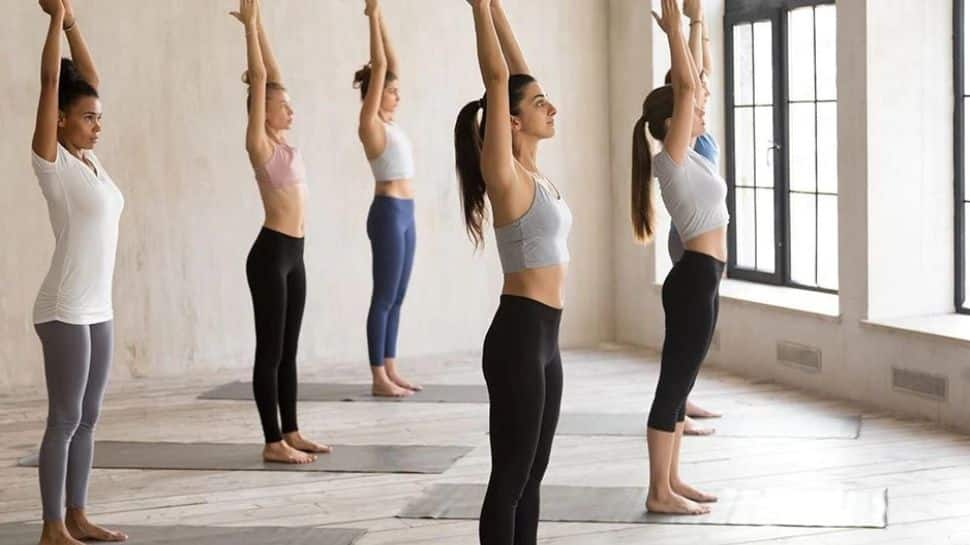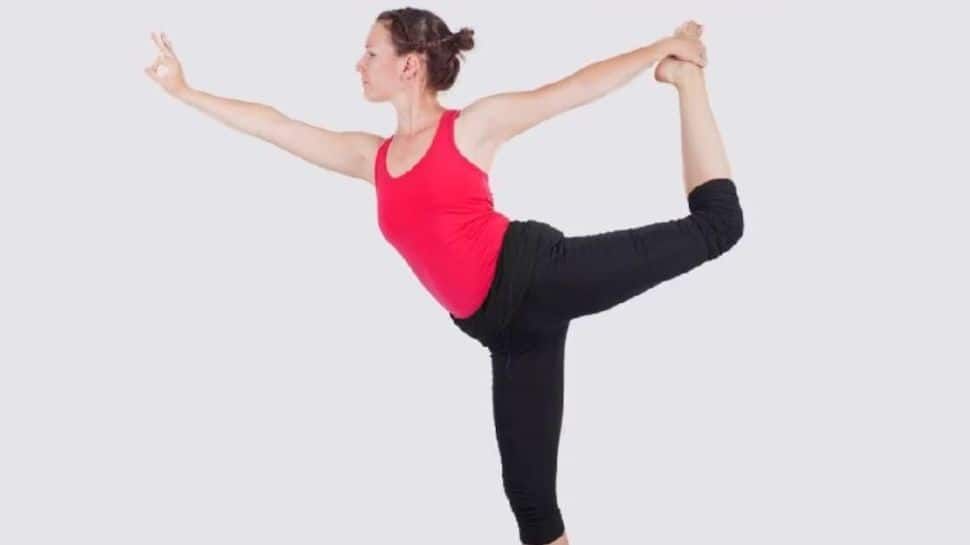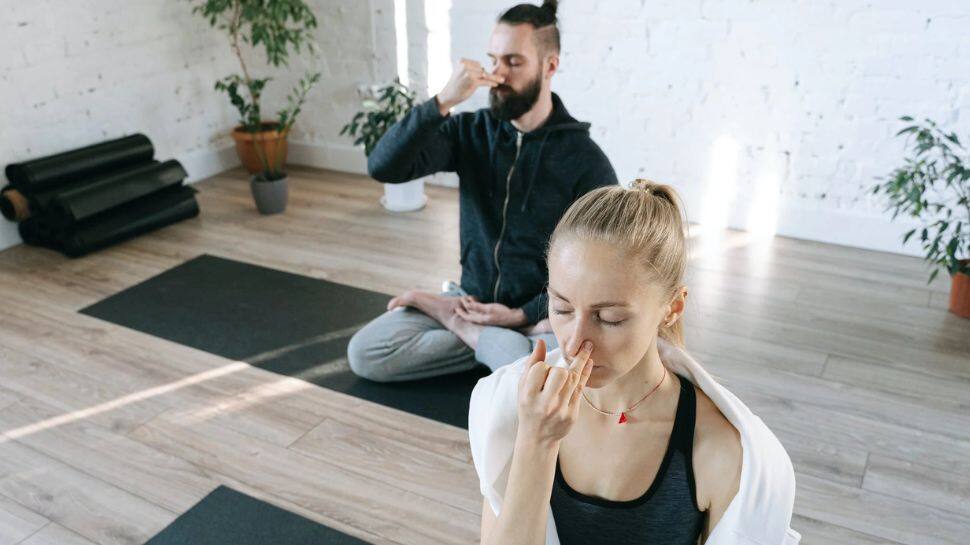International Yoga Day 2023: 4 Yoga Asanas To Improve Memory And Concentration
Stress and anxiety have unfortunately become an integral part of today's fast-paced lives for many individuals. On International Yoga Day 2023, here's checking out four yoga asanas that can help boost memory and concentration.
- International Yoga Day is celebrated on June 21 every year
- Yoga boosts one's physical and well as mental health
- Several asanas, when practiced daily, can sharpen memory and better concentration
International Yoga Day is celebrated every year on June 21 to emphasize the importance of yoga and its many health benefits. The one reason why yoga has gathered immense popularity across the world is because of the fact that it not only boosts your physical health, but it has proven benefits on mental health too. In a fast-paced world, where the hustle culture is increasingly becoming the norm, yoga can have immense benefits.
"In today's world, tension, anxiety, and stress are common occurrences in our daily lives. Unfortunately, the negative impact of these factors can lead to a lack of attention, concentration, and memory," shares Dr Rajeev Rajesh, Chief Yoga Officer, Jindal Naturecure Institute, Bangalore. He adds, "However, there is a solution to combat these issues, and it comes in the form of yoga. By practicing yoga, individuals can achieve a relaxed state of mind, which can lead to improved attention, concentration, and memory."
One of the best things about yoga is that it can be practiced by anyone, regardless of age, gender, or fitness level. This ancient science is a dynamic process that can boost brain functions, making it an elixir for youth and vitality. Many studies have shown how yoga can be more effective than other forms of exercise when it comes to psychological outcomes, says Dr Rajesh.
International Yoga Day 2023: Yoga Enhances Blood Circulation To Brain
Yoga offers specific benefits for the circulatory system, as the stretching involved in yoga poses helps to oxygenate and rejuvenate the blood, while the practice of pranayama, or yoga breathing, helps to push nutrients to the vessels and capillaries, says Dr Rajesh. He adds, "During yoga practice, concentrated breathing activates the diaphragm, which pulls down and increases the pressure in the abdomen, compressing abdominal veins and pushing blood towards the chest and heart, resulting in improved circulation."
Practicing yoga postures that involve inversions, like a headstand and shoulder stand, can also increase blood circulation to the brain. This improved circulation allows the brain to receive more oxygen, which in turn enhances alertness, awareness, and memory, says Dr Rajesh.
Yoga Asanas To Improve Concentration And Memory
Below are some of the yoga asanas listed by Dr Rajeev Rajesh that can improve your focus and memory:
Tadasana
Stand erect with the feet together. Look in front at the level of the eyes. Interlock the fingers of the hands. While inhaling, raise your hands and heels up. Turn the palms upward. Maintain the position with normal breath for 15 to 20 seconds. While exhaling, slowly bring the heels and hands down. This stretches the whole body and improves blood circulation. It also develops concentration.

Natrajasana
To begin, stand straight with the feet together. Bend the left leg and stretch it back. Hold the left big toe by taking the left hand back. Keep the left hand straight. Raise the right hand up with the palms facing forward and fingers pointing up. Look at the right fingers. Keep the right leg straight on the floor. Hold the position with normal breath. To release the pose, bring the right hand down and then lower the left leg. Repeat with the right leg. This pose brings balance in the brain and improves concentration and memory.

Anuloma Viloma
For Anuloma Viloma, sit in a meditative posture. Adopt nasika mudra with the right hand. Close the right nostril with the thumb, slowly inhale through the left nostril, hold the breath for five seconds, and then close the left nostril with the ring finger, release the thumb from the right nostril, and exhale slowly. Now inhale through the right nostril, hold your breath for five seconds, and close the right nostril with the thumb. Remove the ring finger from the left nostril and exhale slowly. Repeat. It clears the pranic blockages, purifies the body and mind, strengthens the immune system, and improves concentration, willpower, and memory.

Bhramari Pranayama
To begin Bhramari breathing, find a comfortable seated position either on the floor, on a chair, or on the bed. You can sit cross-legged or kneel with the support of a cushion or blanket, whichever is most comfortable for you. Close your eyes and take a few deep breaths to relax. Focus on your breath and the environment around you, while keeping your spine stretched. Then, gently press your thumbs on the cartilage of your ears just below your cheekbones and close your eyes with your index and middle fingers. Take a deep breath in through your nose, and while exhaling through your nose make a humming or buzzing sound from your throat and nose and feel its vibration in the brain. Repeat this for at least six cycles or for as long as you like. Bhramari helps improve memory and calms down the mind.

(Views expressed by the expert quoted in the article are their own, Zee News does not confirm the same. This article is meant for informational purposes only and must not be considered a substitute for advice provided by qualified medical professionals. Always check with a medical professional and fitness expert before starting a new exercise regime.)
Stay informed on all the latest news, real-time breaking news updates, and follow all the important headlines in india news and world News on Zee News.
)
